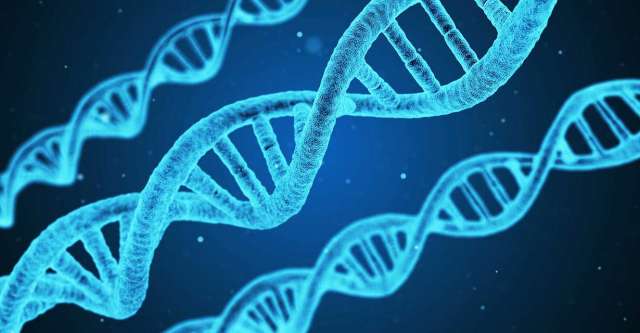After many years of hard work and research, researchers at Tel Aviv University have managed to print the worlds first 3D heart. Using cells and other material from a patient, they managed to print an entire heart- with blood vessels-which is a large improvement from trials in the past that only printed sample tissues and did not include blood vessels.
Creating the First Heart
For the first time, researchers managed to 3D print an entire human heart using a patients biological materials. The researchers were from Tel Aviv University (TAU) and have recently published their findings in Advanced Science. [1] Currently, biology and technology are slowly intersecting and bringing about some large advancements in science. In the past, scientists could only print out pieces of tissue but never with blood vessels.
“This is the first time anyone anywhere has successfully engineered and printed an entire heart replete with cells, blood vessels, ventricles and chambers,” [2] says Prof. Tal Dvir of TAU’s School of Molecular Cell Biology and Biotechnology, Department of Materials Science and Engineering, Center for Nanoscience and Nanotechnology and Sagol Center for Regenerative Biotechnology, who led the research for the study.
Small Hearts
Biological material was used for ink in the printing which allowed the researchers to plan and print 3D models of cardiac patches and a heart. Although the heart is not the size of a humans heart, it’s about the size of a rabbit heart; researchers believe that with the technology that made this small heart, they can make a human-sized heart in the future. “At this stage, our 3D heart is small, the size of a rabbit’s heart,” explains Prof. Dvir. “But larger human hearts require the same technology.” [3]
The heart can only contract, which means that it doesn’t function properly, but researchers are working on how to teach 3D printed hearts to operate as a regular heart. Once they finally complete a successfully working heart, then they will attempt heart transplants on animals.
Notes:
- ^Noor, Nadav, et al. “3D Printing of Personalized Thick and Perfusable Cardiac Patches and Hearts.” Adv. Sci., vol. 0, no. 0, 15 Apr. 2019, p. 1900344, doi:10.1002/advs.201900344. (go back
)
- ^“Tel Aviv University scientists print first 3D heart using patient’s biological materials.” EurekAlert!, 15 Apr. 2019, www.eurekalert.org/pub_releases/2019-04/afot-tau041519.php. (go back
)
- ^“Weblog (Medicine & Health) – American Friends of Tel Aviv University.” 16 Apr. 2019, www.aftau.org/weblog-medicine–health?&storyid4704=2446&ncs4704=3. (go back
)

